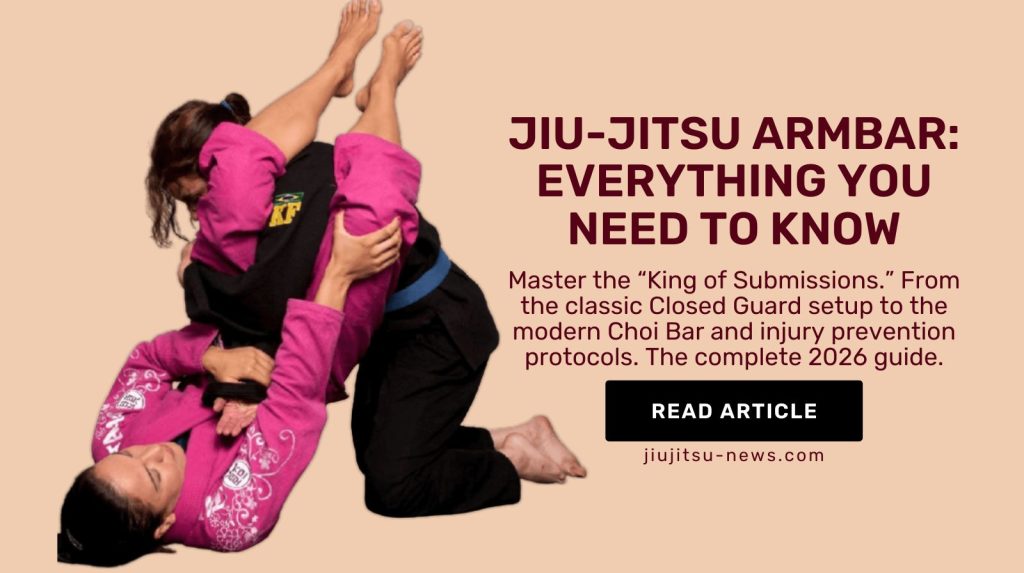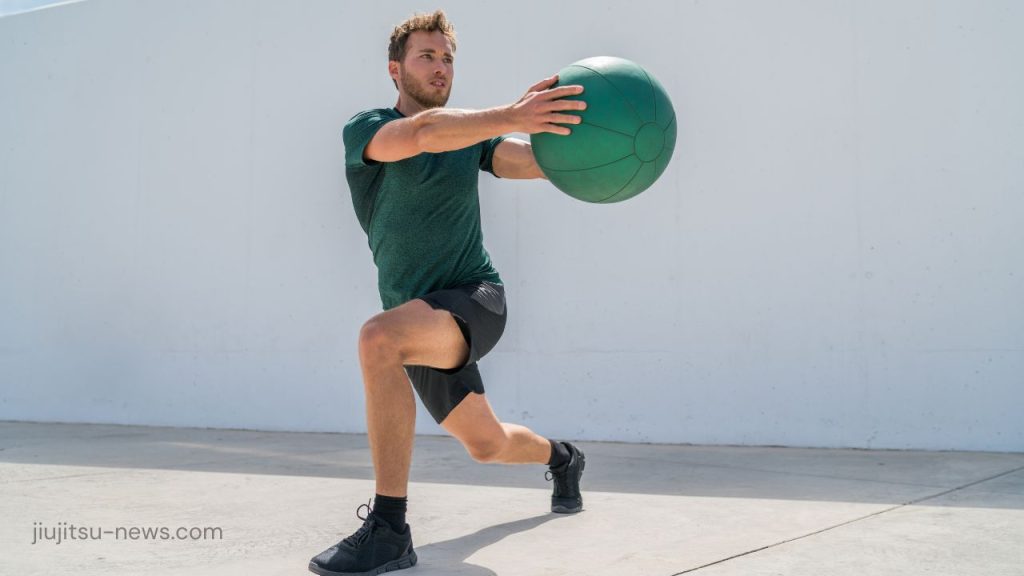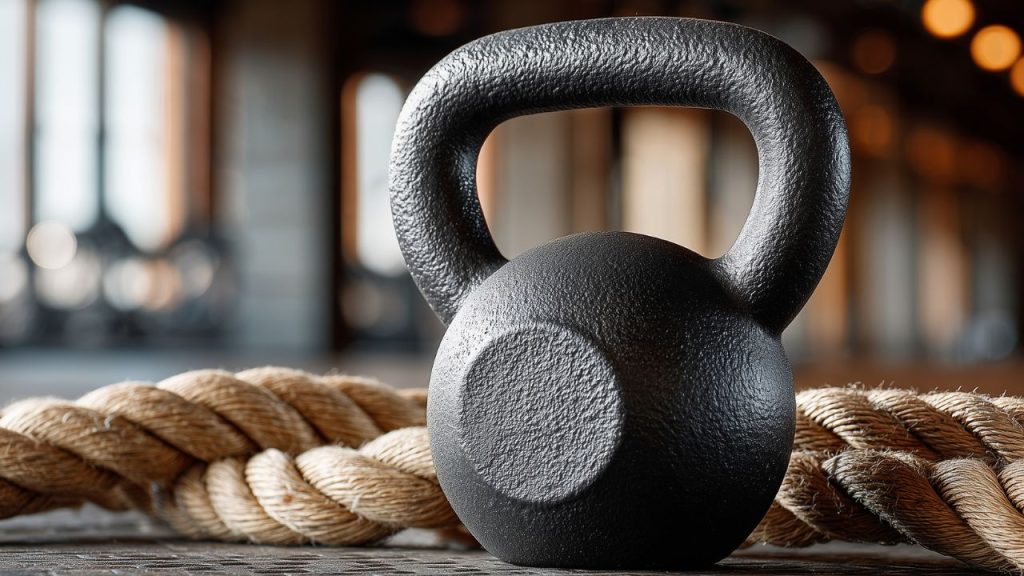Exploring Brazilian Jiu-Jitsu
Discover the “gentle art” that transforms physical weakness into strength. Learn how BJJ’s unique focus on leverage and technique has made it one of the world’s most effective martial arts—and a transformative practice for millions worldwide.
What Is Brazilian Jiu-Jitsu?
Ever think about how you could protect yourself or stay in shape without just being strong? Brazilian Jiu-Jitsu is a martial art that teaches people how to use grappling and ground fighting techniques to turn their perceived physical weaknesses into strengths.
Practical Self-Defense
BJJ emphasizes technique and leverage over raw strength. Smaller practitioners can effectively defend themselves against larger opponents using proper positioning and submissions—making it ideal for self-defense in real-world situations.
“Physical Chess”
The strategic nature of BJJ sharpens the mind, honing problem-solving skills that are as applicable in daily life as they are on the mats. Scientific studies show grappling stimulates the hippocampus—the brain region linked to memory and learning.
Full-Body Conditioning
Engaging regularly in BJJ significantly enhances overall fitness, improving cardiovascular health, strength, flexibility, and endurance. Research confirms BJJ improves muscular strength, aerobic capacity, and body composition.
Mental Health Benefits
A 2025 study found BJJ practitioners demonstrate significantly higher mental strength, resilience, self-efficacy, and life satisfaction. Training releases endorphins and regulates stress hormones like cortisol, supporting mental health.
Community & Brotherhood
BJJ introduces individuals to a diverse and supportive community. The bonds formed in BJJ gyms are forged through shared challenges and mutual respect, offering a sense of belonging and support network beyond training sessions.
Accessible to Everyone
Unlike striking arts, BJJ doesn’t require prior athletic ability. Age, size, and fitness level don’t matter—technique is the great equalizer. Women find it particularly effective due to its leverage-based approach.
The Rich History of Brazilian Jiu-Jitsu
Brazilian Jiu-Jitsu began to grow when a Japanese Judo master named Mitsuyo Maeda brought his skills to Brazil in the early 1900s. Carlos and Hélio Gracie changed his lessons to fit their smaller frames by putting more emphasis on technique and leverage. Because of this change, the unique style we know today as Brazilian Jiu-Jitsu was born—and it has been central to the growth of mixed martial arts (MMA).
Mitsuyo Maeda Is Born
Maeda was born in Japan and began training in classical Jiu-Jitsu before entering the Kodokan to study Judo under its founder, Jigoro Kano. He would become one of Kano’s most accomplished students.
Maeda’s World Tour
Maeda traveled the world demonstrating and competing in “Kano Jiu-Jitsu,” reportedly fighting over 2,000 matches against wrestlers, boxers, and fighters from various styles. He was expelled from the Kodokan for participating in these prize fights.
Arrival in Brazil
Maeda settled in Belém do Pará, Brazil, where he met Gastão Gracie, a business partner of the American Circus. This chance encounter would change martial arts history forever.
Carlos Gracie Begins Training
After watching Maeda’s demonstration at the Da Paz Theatre, 14-year-old Carlos Gracie—son of Gastão—decided to learn. Maeda accepted him as a student, beginning the Gracie family’s transformation of the art.
First Gracie Academy Opens
Carlos Gracie opened his own academy in Rio de Janeiro, teaching his brothers Osvaldo, Gastão, Jorge, and crucially, the youngest brother Hélio. They began refining techniques and issuing the famous “Gracie Challenge.”
Hélio Gracie’s Innovation
Unable to execute some of Judo’s strength-dependent techniques due to his smaller frame, Hélio adapted the system to emphasize leverage, timing, and ground positioning. This softer, more technical approach became the foundation of Brazilian Jiu-Jitsu.
UFC 1: BJJ Shocks the World
Royce Gracie—Hélio’s son—won UFC 1, defeating larger opponents from various martial arts using BJJ submissions. This proved the effectiveness of the Gracie system and sparked global interest in ground fighting.
Global Phenomenon
BJJ has grown to over 6 million practitioners worldwide, with the global market projected to reach $1.2 billion by 2032. The number of academies has increased 150% over the past decade.
The Gracie Legacy: The Gracie family was very important in making these techniques into a complete system for fighting and self-defense. Carlos (1902-1994) and Hélio Gracie are widely credited as the founders of Brazilian Jiu-Jitsu. Their modifications transformed Maeda’s teachings into a complete self-defense and combat system that continues to evolve today.
Training Dynamics in Brazilian Jiu-Jitsu
Brazilian Jiu-Jitsu training includes a wide range of techniques, from standing moves to complex ground-based grappling. Practitioners learn to control opponents using positions like the guard, mount, or back control and execute various submissions such as chokes and joint locks.
Gi Training
Training with the traditional kimono (gi) allows various cloth grips that add complexity and slow the pace. The gi emphasizes technical precision and is ideal for beginners to develop fundamentals.
No-Gi Training
Practiced using rash guards and shorts, no-gi focuses on speed and adaptability without cloth grips. It’s faster-paced and more applicable to MMA competition.
Both styles follow the basic rules of control and accuracy, which makes BJJ a useful and flexible martial art. Most academies offer both training styles to develop well-rounded grapplers who can adapt to any situation.
What Happens in a Typical Class
- Warm-Up (10-15 minutes): Light jogging, hip escapes (shrimping), forward/backward rolls, and mobility drills fundamental to BJJ movement patterns.
- Technique Instruction (20-30 minutes): The instructor demonstrates 1-3 techniques step-by-step, explaining both the “how” and the “why” behind each movement.
- Drilling (15-20 minutes): Students pair up to practice techniques with controlled repetition—this is where muscle memory develops.
- Live Rolling/Sparring (15-20 minutes): Students apply techniques against resisting partners in controlled sparring.
Training Frequency: Experts recommend training 2-3 times per week for beginners, allowing recovery between sessions while maintaining consistency. Commitment to regular training is crucial—consistency is key in BJJ, helping you gradually understand complex techniques and build physical fitness.
Decoding the Belt System in Brazilian Jiu-Jitsu
Within Brazilian Jiu-Jitsu, the belt ranking system is more than just changing colors. It is a structured way to keep track of each practitioner’s progress, skill, and dedication. Adults start their BJJ journey with the white belt, which represents the mind of a beginner and basic skills.
Each color of belt—blue, purple, brown, and finally the coveted black belt—means that the person has mastered more techniques and gained a lot of knowledge and experience. It can take upwards of 10 years to achieve black belt, making it one of the most difficult martial arts ranks to earn.
White Belt (1-2+ Years)
The beginning of your journey. Focus on survival, basic positions, fundamental movements like hip escapes and bridging, and developing mat awareness. You’ll get submitted constantly—embrace it as learning.
Blue Belt (2-3 Years at this rank)
Your first major milestone. You have solid fundamentals and can apply techniques effectively against beginners. You’re developing your own style and starting to chain techniques together.
Purple Belt (2-3 Years at this rank)
The “intermediate” belt where you refine techniques and develop deeper strategic understanding. You’re beginning to see connections between positions and can adapt your game on the fly.
Brown Belt (1-2 Years at this rank)
Near-mastery level. You’re polishing techniques to perfection and often helping teach. Your game is cohesive and efficient.
Black Belt (10+ Years total journey)
Technical proficiency across all aspects of BJJ. But even black belts continue learning—the journey never truly ends. Research shows black belts demonstrate significantly higher mental strength and life satisfaction.
Youth Belt System
For younger practitioners, the journey starts at the same place and goes through a different set of belts, from white to green. Each belt is a big deal that shows how much they have learned and improved the basics of BJJ.
Important: Time estimates vary widely based on training frequency, academy standards, and individual aptitude. Some people earn blue belt in 1 year; others take 3+. Focus on learning, not the belt around your waist—the belt will come when you’re ready.
Core Positions: Enhancing Your Strategy
To improve your skills and fight strategy in Brazilian Jiu-Jitsu, you need to learn how to do the basic moves. Getting into a dominant position gives you a tactical advantage by making it easier to use different submissions and sweeps and limiting your opponent’s movements.
🎯 Back Take Position (Back Control)
Achieve dominance by securing grips and hooks on your opponent’s back from positions like the turtle or Dela Riva guard. The “king of all positions”—the opponent’s neck is exposed for rear-naked chokes while they can’t effectively attack you.
👑 Mount Position
This dominant position places you atop your opponent, enabling control and the execution of techniques like chokes and armbars. Gravity works in your favor, providing excellent control and access to numerous submission opportunities.
🔒 Closed Guard
A position where the bottom player wraps legs around the opponent’s waist. This versatile position opens up opportunities for submissions like kimura, armbar, and triangle choke, plus sweeps like the scissor sweep.
½ Half Guard
Trap one of your opponent’s legs between yours from the bottom. Effective use of frames such as the knee shield helps prevent being overpowered and allows transitions to dominant positions.
🦋 Butterfly Guard
An advanced open guard where you sit upright and control the opponent with hooks inside their thighs. This dynamic position is excellent for setting up sweeps and submissions such as guillotines and leg locks.
🔲 Side Control
The top grappler lies perpendicular to their opponent, chest-to-chest, controlling with bodyweight and hips. A very stable position ideal for beginners—from here, you can transition to mount or attack with submissions.
Positional Hierarchy: BJJ has a clear hierarchy of dominance: Back Control > Mount > Knee-on-Belly > Side Control > Half Guard > Full Guard > Turtle. Understanding this hierarchy guides your strategy—always work to improve position before attacking submissions.
Mastering Submissions in Brazilian Jiu-Jitsu
Submissions are the cornerstone of Brazilian Jiu-Jitsu, enabling a practitioner to control and overcome opponents effectively regardless of size. Developing a robust arsenal of submission techniques is crucial to excel in BJJ. For newcomers to the sport, understanding and practicing these submissions from the outset can set a strong foundation for advanced learning.
Here are ten essential submissions that every BJJ practitioner should master:
Armbar Submission
A classic move that targets the opponent’s extended arm, applying pressure to the elbow joint. Often the first submission beginners learn.
Americana
A ground-based lock that exerts pressure on the shoulder, ideal for immobilizing your opponent from mount or side control.
Kimura Lock
Similar to the Americana but focusing on reverse arm positioning, leading to intense shoulder and arm pressure.
Triangle Choke
Utilizes the legs to encircle the opponent’s neck and an arm for a tight choke. Demonstrates BJJ’s leverage principles.
D’Arce Choke
A sophisticated choke from the front headlock position, perfect for controlling the opponent during scrambles.
Bow and Arrow Choke
A visually dramatic and highly effective collar choke that uses the gi to apply pressure on the neck from back control.
Rear-Naked Choke
One of the most potent and pure no-gi chokes that targets the carotid arteries. The finish of choice for UFC legends.
Arm Triangle Choke
A potent choke that uses the arms to constrict the neck and one of the opponent’s arms from side control.
Straight Ankle Lock
A fundamental leg lock that applies pressure to the ankle, valid in both gi and no-gi scenarios at all belt levels.
Cross Choke
An essential but brutal gi choke that uses both hands to compress the carotid arteries through the opponent’s collar.
The “Three Brothers” Technique: The triangle choke, omoplata, and armbar are known as the “three brothers” because they flow naturally together. Whenever there’s a triangle opportunity, there’s potential for an armbar or omoplata. Learning to chain these submissions creates constant threats.
Key Tips for Starting Your Brazilian Jiu-Jitsu Journey
Embarking on your Brazilian Jiu-Jitsu journey is an exciting step towards self-improvement and physical fitness. The first step is to choose a reputable gym with experienced instructors to ensure a successful start. This foundational choice sets the stage for a safe and effective learning environment.
✅ Essential Beginner Tips
Training Recommendation: Train 2-3 times per week as a beginner. Training more than 4x/week often leads to burnout or injury. Build up gradually over months, not days. BJJ is a marathon, not a sprint.
The Transformative Benefits of Brazilian Jiu-Jitsu
Brazilian Jiu-Jitsu is more than a form of self-defense; it is a holistic practice catalyzing profound physical and mental transformations.
Physical Transformation
Engaging regularly in BJJ can significantly enhance one’s overall fitness, improving cardiovascular health, strength, flexibility, and endurance. Practitioners commonly report dramatic weight loss transformations while building functional strength.
Mental Sharpening
The strategic nature of BJJ sharpens the mind, honing problem-solving skills that are as applicable in daily life as they are on the mats. Over 75% of practitioners report improved problem-solving abilities.
Mental Health Support
BJJ builds more than just toughness; it enhances self-confidence and resilience, helping practitioners navigate life’s challenges with more remarkable poise and determination. The practice provides stress relief and promotes a positive mood.
Social Connection
Socially, BJJ introduces individuals to a diverse and supportive community. The bonds formed in BJJ gyms are forged through shared challenges and mutual respect, offering a sense of belonging beyond training sessions.
Research Highlight: A comprehensive 2024 scoping review found significant improvements in physical rehabilitation, psychological resilience, and social reintegration among BJJ practitioners. The combination of physical activity, mental focus, and social interaction creates a holistic therapeutic modality.
Frequently Asked Questions
Embrace the BJJ Lifestyle
Brazilian Jiu-Jitsu is more than a martial art; it is a personal and physical growth journey. It equips individuals with the skills to protect themselves and others while promoting a lifestyle that values continuous improvement, respect, and discipline.






